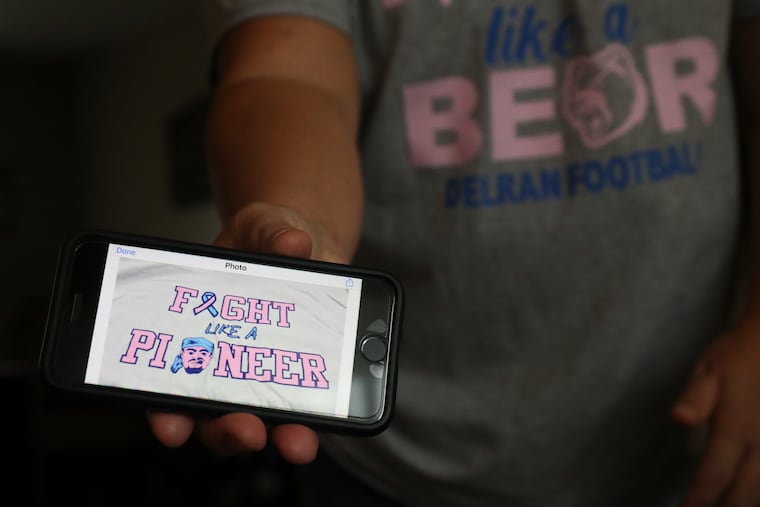What you need to know about breast cancer in men
Breast cancer occurs mainly in women, but men can get it, too.

Breast cancer occurs mainly in women, but men can get it, too.
The number of women grappling with new cases of the disease is expected to total about 287,850 in 2022, with 43,250 deaths. That’s compared with 2,710 new cases in men and 530 deaths, representing roughly 1% of all breast cancer cases and deaths, according to the American Cancer Society.
“Rough rule of thumb is, for every 100 breast cancers you see, one will be in a man, compared to one in eight women, so you can see how relatively uncommon it is,” radiologist William Muhr Jr. said.
Muhr, who is president and CEO of South Jersey Radiology, said he expects the number of men with breast cancer to climb, along with America’s growing obesity rates, over the next decade.
“We’re certainly not becoming thinner as a society,” he said. “We see men with larger breasts, so they have higher estrogen levels. I think we’re going to be seeing more and more men with breast cancer diagnoses with our obesity epidemic as we age out.”
Many people don’t realize that men have breast tissue and can develop breast cancer. The signs and symptoms are similar in all genders: a new lump in the breast or armpit, swelling in part of the breast, skin irritation or dimpling, and discharge or pain in the nipple area.
Here are some facts about breast cancer that pertain to males, according to the American Cancer Society:
The most common types of breast cancer in men are ductal carcinoma in situ, invasive ductal carcinoma, and invasive lobular carcinoma.
Men can also have some breast conditions that are not cancerous. Gynecomastia is the most common. It is not a tumor, but rather an increase in the amount of a man’s breast tissue. Gynecomastia is common among teenage boys because the balance of hormones in the body changes during adolescence. It’s also common in older men due to similar hormone changes. It can appear as a button-like growth on the breast.
Men with a defect in the BRCA2 gene have an increased risk of breast cancer, just as women do. Men with BRCA2 have a lifetime risk of about six in 100. BRCA1 mutations can also cause breast cancer in men, but the risk is lower, about one in 100.